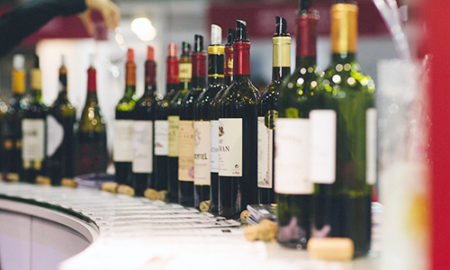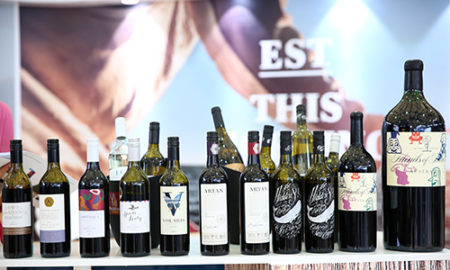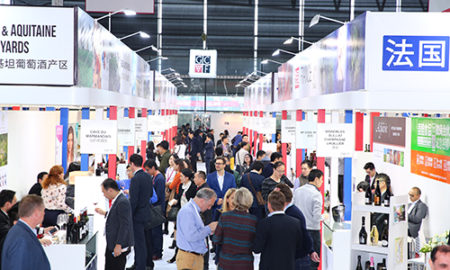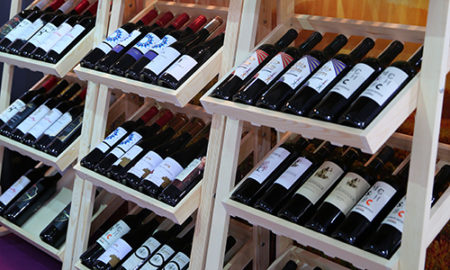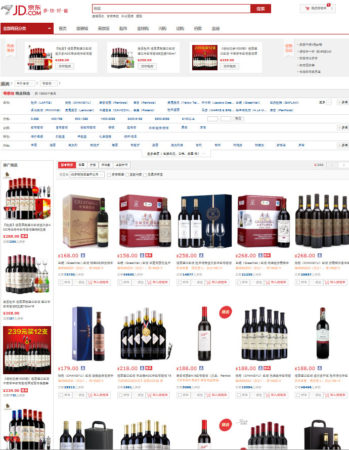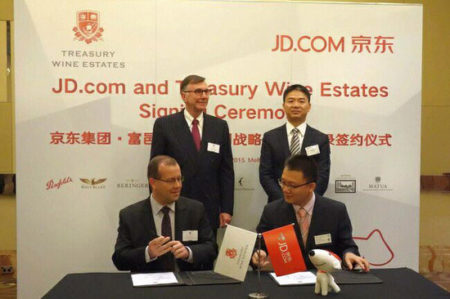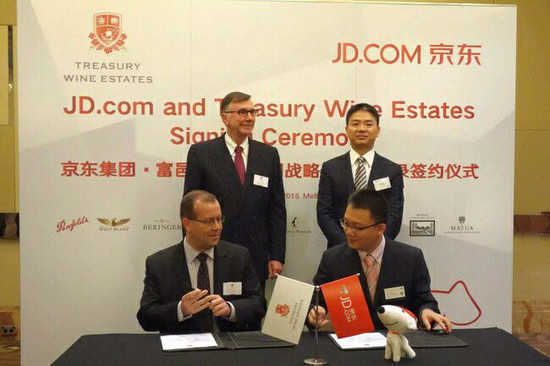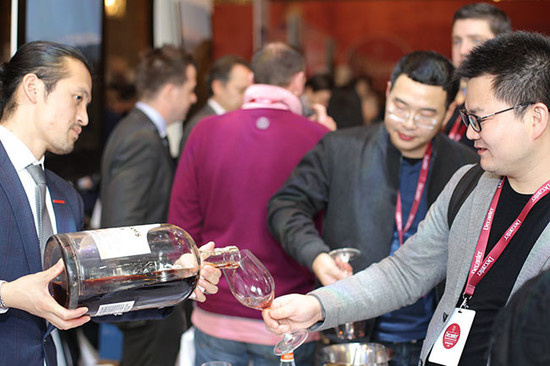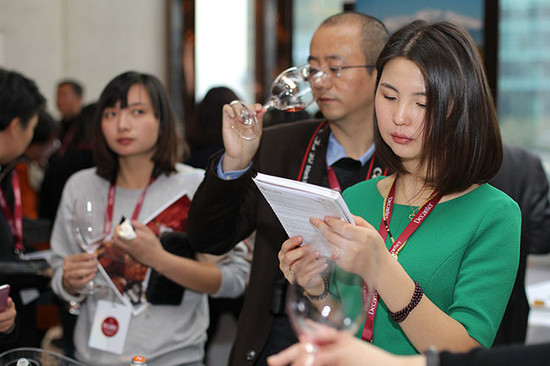(Published on DecanterChina.COM, Chinese version of Decanter.)
Amazon China speaks exclusively to Decanter China about the scale of their wine business and who are their key consumers.
 Image: Shi Jianjun, vice president of Amazon China, credit Amazon China
Image: Shi Jianjun, vice president of Amazon China, credit Amazon China
The scale of Amazon China’s wine business
The number of wine brands sold directly by Amazon China has ‘quadrupled’ in the last three years, with sales increasing by more than 100% every year, SHI Jianjun, vice president of Amazon China, told DecanterChina.com.
Amazon China launched its wine business in August 2012, followed by a direct import business from September 2013. Now the online shop directly sells wines from the US, France, Australia and Italy, covering more than 130 brands and nearly 800 wines and other fruit-based alcohol.
The wine sector is becoming one of the ‘focal points’ of the online retailer’s direct import business, said Shi Jianjun. ‘As the population of white collar workers increases in China, and the market’s wine knowledge inproves, we are very confident in growing wine sales in China.’
Who is buying the wines and for how much
‘90% of wines sold on Amazon China are imported wines,’ said Shi.
Currently around 3,800 wine products (‘stock keeping unit’ SKU) are sold across the platform.
Wines priced at between 100-300RMB (11 to 34GBP) are currently the most popular on Amazon China, with France being the best-selling origin of wine, followed by Australia, Chile and USA.
Consumers buying wines from Amazon China are mainly aged between 23-40 from first-tier cities including Beijing, Shanghai and Guangzhou, second-tier cities on the eastern coast and provincial capitals, according to the vice president.
Recent Wine Intelligence research found that 48 million consumers from the ‘urban upper middle class’ are now drinking wines at least twice a year, up by more than a quarter than 2014.
 Image: Shi Jianjun, vice president of Amazon China, credit Amazon China
Image: Shi Jianjun, vice president of Amazon China, credit Amazon China
Choosing the right suppliers
Amazon China’s advantage ‘lies in the Amazon group’s globalised presence’, said Shi, comparing the business to domestic players.
The buyers of Amazon China share information on wineries with Amazon buyers around the world. After an initial selection of producers, the buyers would visit producing areas and wineries to taste and choose the products. ‘We look for value-for-money wines that are suitable to Chinese consumer’s palate’, said the vice president.
In June 2016, Amazon China established its own wine club. The online retailer plans to invite wineries to hold tastings for wine club members so as to ‘double check’ if these wines will be liked by a wider group of Chinese consumers.
The provenance of the wines sold by Amazon China, said Shi, is ‘protected at the origin’ as all brands sold by Amazon China come either directly from the wineries or the distributors appointed by the producers.
‘We don’t only sell those big global brands, but also the less famous wineries which have their unique features and can well-demonstrate the local terroir,’ he said.
2016: year of expansion
Unlike many of its peers, Amazon China has been comparatively low-key about its wine business.
This year, the online retailer seeks to further utilize its ‘global resources’ to sell more fine wines directly from around the world, said Shi.
Last month Amazon China launched an Australian direct imports wine section, featuring fine Aussie wines including those from the Langton’s classification.
The move will lead to a second and more extensive Amazon China International Wine Festival later this year, said the vice president, during which the online retailer will launch an ‘International wine pavilion国际红酒馆’—a major update from its current wine section.
A heated wine sales contest against its domestic peers seems to be around the corner.
-The founder and Chief wine editor of WineOnline.CN since 2005
-The founder and Chief wine educator of WineSchool.CN since 2006
-The founder and main contributor for WineBlogChina.COM since 2011
-Wine Judge for international wine competitions: Decanter Asia Wine Awards 2015(Hongkong) , Wines of Portugal Challenge 2014(Lisbon) , Radici del Sud 2013 ( Puglia ) ,and some domestic wine competitions.
-A contributor for Decanter China(Chinese version of Decanter.com),Prowine China(Prowein branch) and for main stream media on fashion, finance , food and wine.
-The consultant of Wine Collection.
-The consultant of wine companies.
